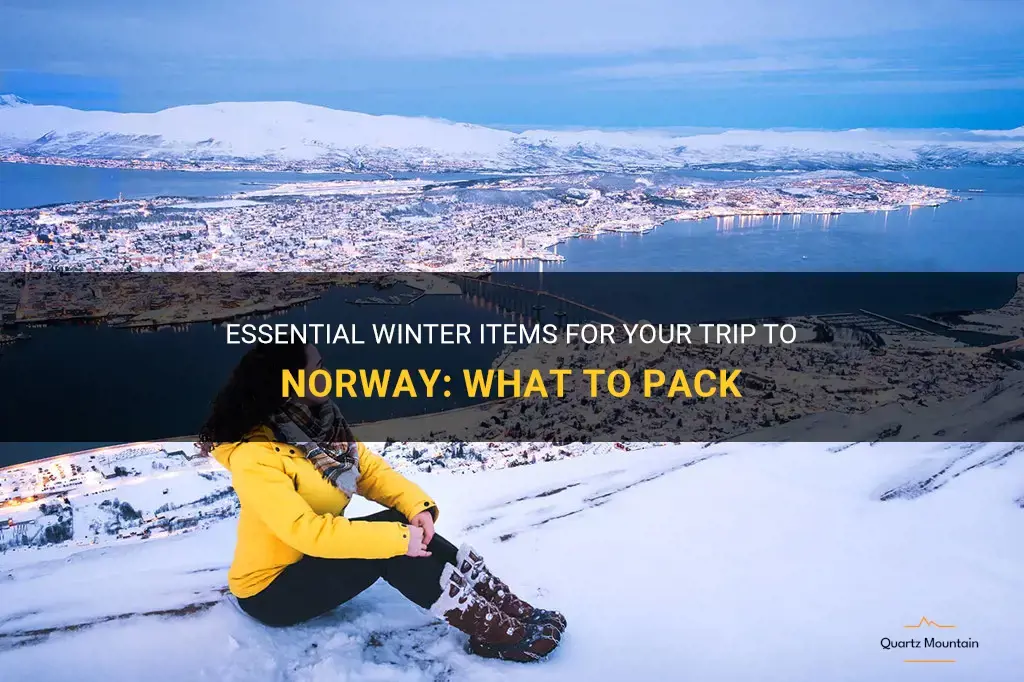
Norway is renowned for its breathtaking winter landscapes, from snow-covered fjords to the mesmerizing Northern Lights. If you're planning a trip to this Nordic wonderland, it's essential to pack appropriately to stay warm and comfortable. In this guide, we'll walk you through the essential winter items you'll need to make the most of your adventure in Norway. From thermal layers to sturdy boots, gear up for an unforgettable winter experience in this Scandinavian gem.
| Characteristics | Values |
|---|---|
| Clothing | - Warm coat - Thermal underwear - Sweaters - Thick socks - Hats - Gloves and mittens - Scarves |
| Footwear | - Insulated boots - Wool socks |
| Accessories | - Sunglasses - Sunscreen - Lip balm - Hand warmers |
| Electronics | - Camera - Charger - Power adapter |
| Personal Care | - Toiletries - Medications - First aid kit |
| Documents | - Passport - Visa - Travel insurance |
| Miscellaneous | - Money and/or credit cards - Language translation guide - Travel guidebook - Snacks |
What You'll Learn
- What are the essential clothing items to pack for a winter trip to Norway?
- Are there any specific accessories or gear that would be useful to bring to Norway during winter?
- Should I pack any specific skincare products or remedies for the cold weather in Norway?
- What kind of footwear would be most suitable for a winter trip to Norway?
- Are there any important documents or paperwork that I should remember to pack for a winter trip to Norway?

What are the essential clothing items to pack for a winter trip to Norway?
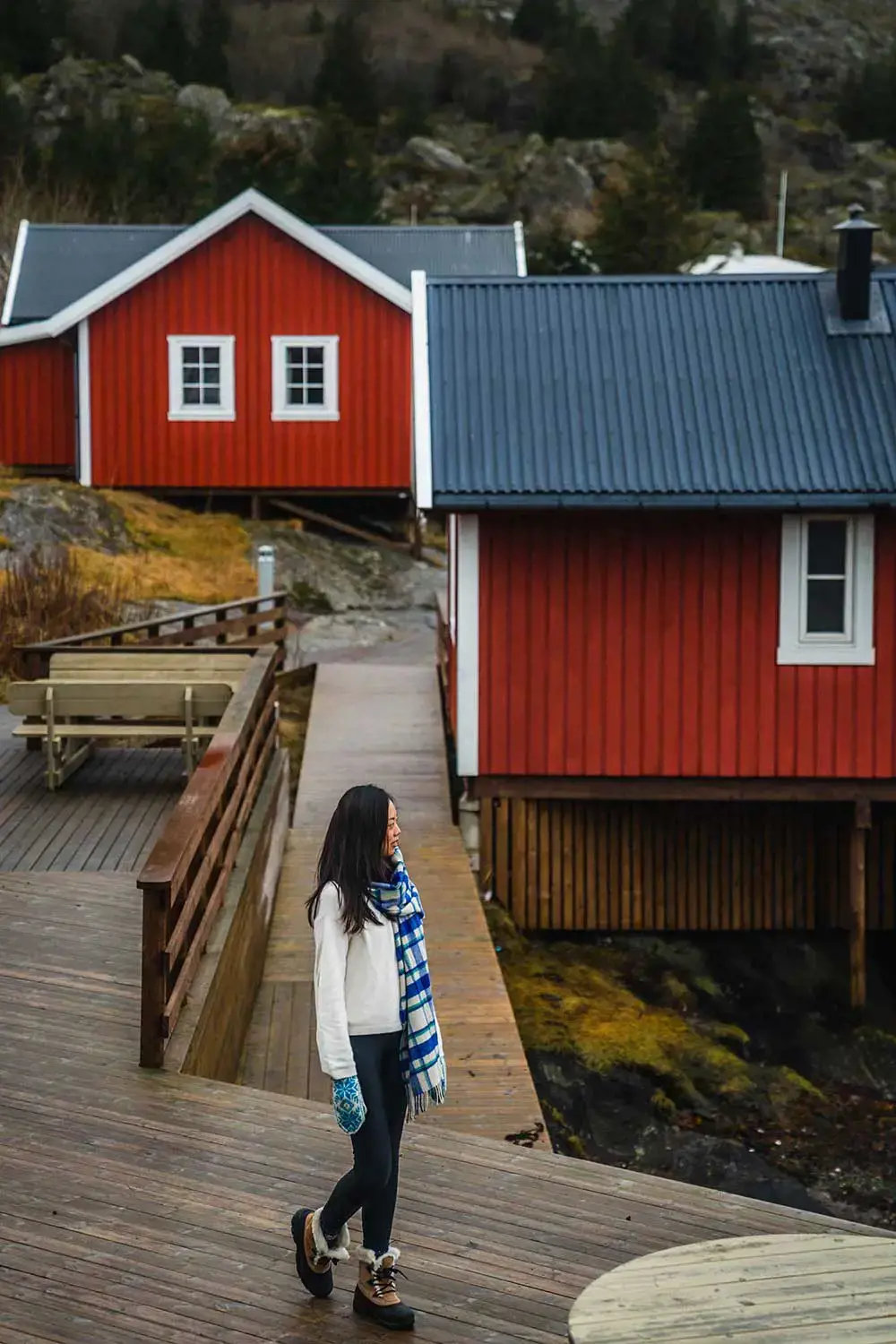
When planning a winter trip to Norway, it is essential to pack the right clothing items to stay warm and comfortable in the cold weather conditions. The following are some essential clothing items that you should consider packing for your trip.
- Thermal Base Layers: Start with a good set of thermal base layers made of materials such as merino wool or synthetic fibers. These layers will help trap the body heat and keep you warm. Make sure to pack both thermal tops and bottoms.
- Insulating Mid-Layer: A good insulating mid-layer is crucial for trapping the heat between your base layer and outer shell. Fleece jackets or sweaters are excellent options for this layer as they are lightweight, warm, and provide good insulation.
- Waterproof and Windproof Outer Shell: Norway's winter weather can be unpredictable, so it is crucial to have a waterproof and windproof jacket with you. Look for a jacket made with a breathable fabric to keep you dry and comfortable even in wet conditions.
- Insulated Pants: Pack a pair of insulated pants or trousers to keep your legs warm in the cold weather. Look for pants with good insulation properties and a water-repellent or waterproof outer layer to protect against snow and moisture.
- Warm Insulated Boots: Invest in a good pair of insulated boots designed for cold weather conditions. Look for boots with a waterproof outer layer, thick insulation, and good traction to navigate slippery surfaces. It is essential to keep your feet warm and dry to avoid frostbite.
- Woolen Socks: Pack several pairs of woolen socks to keep your feet warm and dry. Wool has excellent insulating properties and can wick away moisture, making it an ideal material for winter socks. Avoid cotton socks as they retain moisture and can lead to cold feet.
- Gloves: Don't forget to pack a pair of good quality gloves to protect your hands from the cold. Look for gloves that are waterproof and insulated to provide adequate warmth and protection.
- Hat or Beanie: Heat escapes from your head, so wearing a hat or beanie is essential to keep warm. Look for a hat that covers your ears for added protection in Norway's chilly weather.
- Scarf or Neck Gaiter: A scarf or neck gaiter is useful for keeping your neck and face warm. Look for a fleece or woolen scarf that can be wrapped around your face when needed.
- Thermal Underwear and Sleepwear: Don't forget to pack thermal underwear and sleepwear for cozy nights indoors. Opt for comfortable and warm materials such as merino wool or fleece.
Remember to layer your clothing for better insulation and adjust accordingly based on the weather conditions. It is always better to be prepared for extreme cold temperatures in Norway, so pack these essential clothing items to ensure a comfortable and enjoyable winter trip.
The Ultimate Mediterranean Cruise Packing Guide for December Adventures
You may want to see also

Are there any specific accessories or gear that would be useful to bring to Norway during winter?

Norway is known for its incredibly beautiful landscapes and unforgettable winter experiences. However, if you're planning a trip to Norway during the winter months, it's important to come prepared with the right gear and accessories to make the most of your time there. In this article, we will discuss some of the essential items you should consider bringing with you to Norway during winter.
One of the most important accessories to have when visiting Norway in winter is a high-quality, insulated winter jacket. The temperatures in Norway can drop significantly during the winter months, especially in more remote and northern areas. A durable and well-insulated winter jacket will help keep you warm and protected from the cold winds and freezing temperatures. Look for a jacket that is waterproof and has a removable hood for added versatility.
In addition to a winter jacket, it's also important to invest in a good pair of winter boots. The terrain in Norway can be quite icy and snowy during the winter months, so having boots with good traction is essential. Look for boots that are waterproof, insulated, and have a thick and durable sole. It's a good idea to choose boots that come up above the ankle for added support and protection.
To keep your hands warm and protected from the cold, you should also bring a pair of high-quality gloves or mittens. Look for gloves or mittens that are waterproof, insulated, and have a non-slip grip. It's also a good idea to choose gloves or mittens that are touchscreen compatible, so you can still use your phone or other devices without having to take them off.
Another important accessory to consider is a warm and moisture-wicking base layer. Layering is key when it comes to staying warm in cold weather, and a good base layer will help regulate your body temperature and keep you comfortable throughout the day. Look for base layers made of materials such as merino wool or synthetic fabrics that are designed to wick away moisture from your body.
To protect your head and ears from the cold winds, bring a warm hat or beanie. Look for a hat that fully covers your ears and is made of a warm and breathable material. A hat with a fleece lining can provide extra warmth and comfort.
Lastly, don't forget to bring a scarf or neck gaiter to protect your neck and face from the cold. Look for a scarf or neck gaiter made of a warm and breathable material that can be easily adjusted and layered.
While these are some of the essential accessories and gear to bring to Norway during winter, it's also important to layer your clothing and dress appropriately for the weather. It's always a good idea to check the weather forecast before your trip and pack accordingly. Remember to bring extra layers, such as sweaters and thermal leggings, and don't forget to pack a sturdy backpack to carry all your essentials.
In conclusion, when visiting Norway during winter, it's important to come prepared with the right gear and accessories to stay warm and protected from the cold temperatures and harsh weather conditions. Invest in a high-quality winter jacket, boots with good traction, gloves or mittens, a warm base layer, a hat or beanie, and a scarf or neck gaiter. Layer your clothing and dress appropriately for the weather, and don't forget to check the weather forecast before your trip. With the right gear and preparation, you can make the most of your winter adventure in Norway.
Choosing the Right Size Silica Pack for Your Needs
You may want to see also

Should I pack any specific skincare products or remedies for the cold weather in Norway?
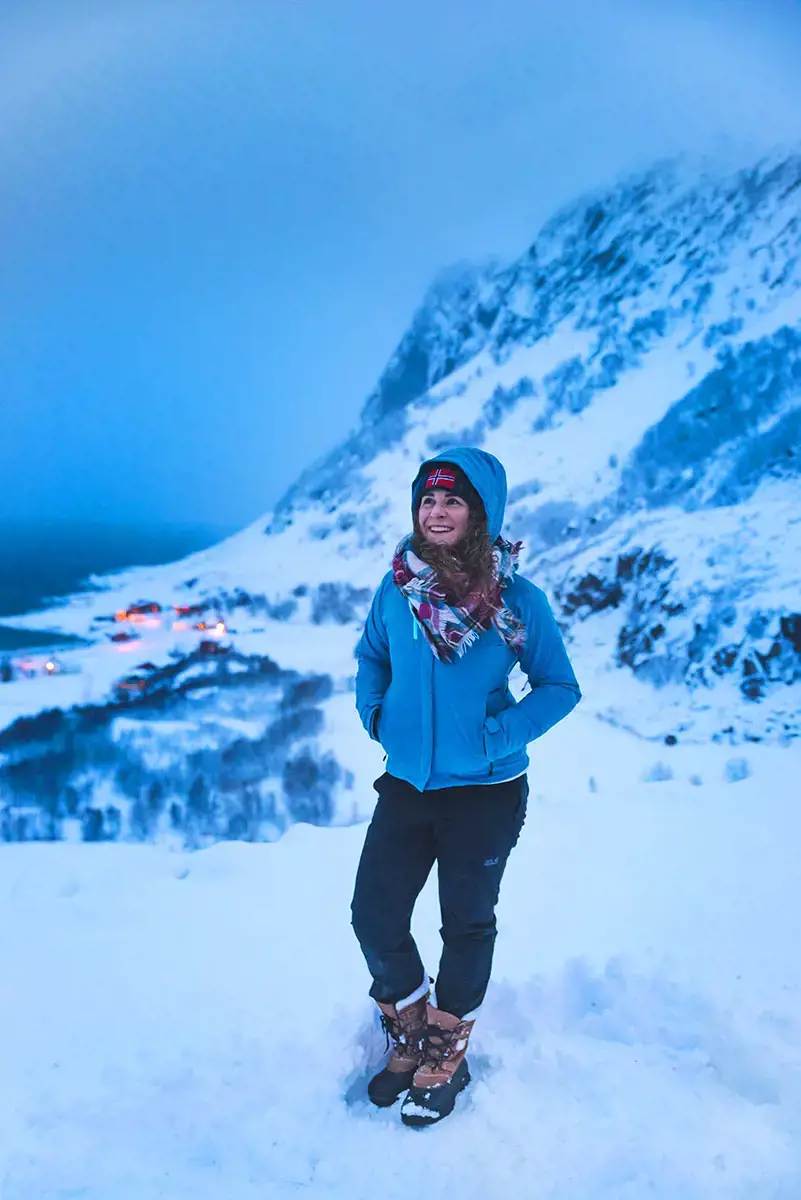
When preparing for a trip to Norway, it is important to consider the effect that the cold weather can have on your skin. The dry, cold air can cause your skin to become dry, flaky, and even cracked. To combat this, it is essential to pack a few specific skincare products and remedies to keep your skin healthy and moisturized during your time in Norway.
First and foremost, a good moisturizer is an absolute must. Look for a moisturizer that is specifically designed for dry or sensitive skin, as these will be effective in providing the hydration your skin needs in the cold weather. Look for moisturizers that contain ingredients like hyaluronic acid, shea butter, or ceramides, as these will help to lock in moisture and protect your skin barrier.
Another important skincare product to pack is a lip balm or lip moisturizer. The cold weather can be particularly harsh on your lips, causing them to become dry, chapped, and even cracked. Opt for a lip balm that contains ingredients like beeswax, shea butter, or jojoba oil, as these will provide intense hydration and protection for your lips.
In addition to moisturizers and lip balms, it is also a good idea to pack a hydrating face mask or sheet mask. These products can provide an instant boost of hydration and help to restore moisture to your skin. Look for masks that contain ingredients like hyaluronic acid or aloe vera, as these will be soothing and hydrating for your skin.
It's also worth considering a facial oil or serum to add an extra layer of hydration to your skincare routine. Facial oils are particularly useful for dry skin, as they provide intense moisture and can help to prevent water loss from the skin. Look for oils that contain ingredients like argan oil, rosehip oil, or jojoba oil, as these are known for their hydrating properties.
Aside from skincare products, there are also a few home remedies that can be effective in combating dry skin in cold weather. One popular remedy is to use honey as a face mask. Honey is known for its moisturizing and antibacterial properties, and applying a thin layer of honey to your face can help to hydrate and soothe dry, irritated skin.
Another home remedy is to use a humidifier in your hotel room or accommodations. Cold, dry air can be particularly harsh on your skin, and using a humidifier can help to add moisture back into the air, which in turn can help to prevent dryness and dehydration in your skin.
In conclusion, when traveling to Norway during the cold weather, it is important to pack specific skincare products and remedies to help combat dryness and keep your skin healthy and moisturized. Look for moisturizers, lip balms, and masks that contain hydrating ingredients, and consider adding a facial oil or serum to your routine. Additionally, consider using home remedies like honey masks or a humidifier to help keep your skin hydrated and protected. By taking these steps, you can ensure that your skin stays radiant and healthy during your time in Norway.
Revamping Your Life: Essential items to Pack When Starting Over
You may want to see also

What kind of footwear would be most suitable for a winter trip to Norway?
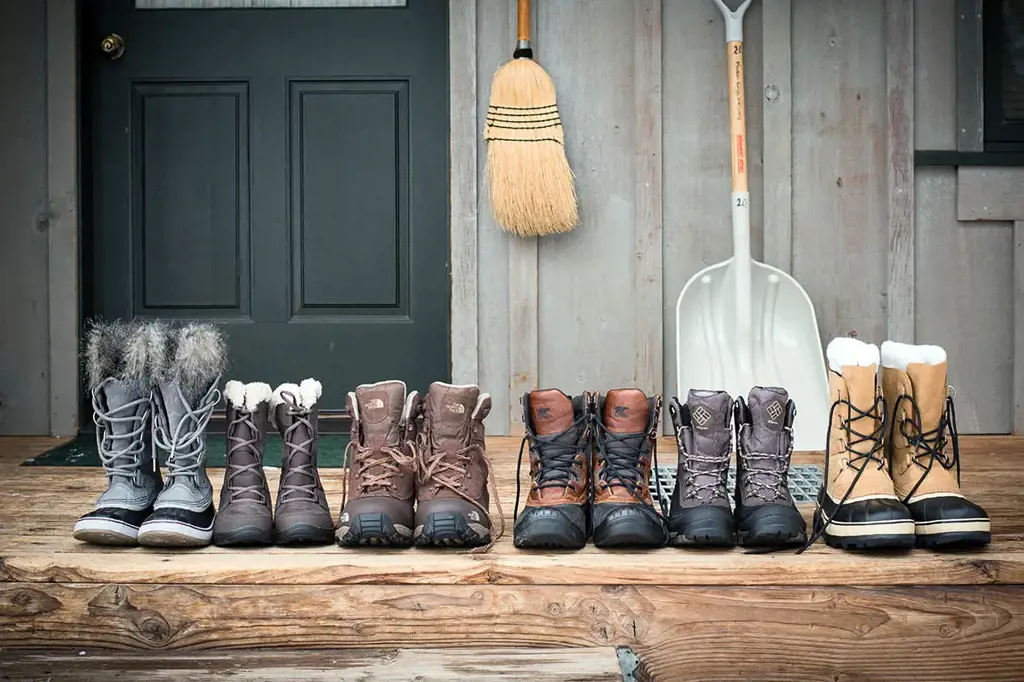
When planning a winter trip to Norway, it is crucial to choose the right footwear to ensure your comfort and safety in the cold and snowy conditions. Norway is well-known for its harsh winters, with temperatures often dropping below freezing and heavy snowfall. With that in mind, here are some considerations to keep in mind when selecting footwear for your winter adventure in Norway.
- Insulation: The first and most important feature to look for in winter footwear is insulation. The boots should have a thick and warm lining that can trap heat and keep your feet warm, even in subzero temperatures. Look for materials such as Thinsulate or PrimaLoft, which provide excellent insulation without adding too much bulk to the boots.
- Waterproofing: With heavy snowfall and icy surfaces, waterproof footwear is essential to keep your feet dry. Look for boots with waterproof membranes such as Gore-Tex or eVent, which will prevent water from seeping in while allowing your feet to breathe. Additionally, make sure the boots have sealed seams to further enhance their water resistance.
- Traction: The rugged terrain and slippery surfaces in Norway during winter require footwear with excellent traction. Look for boots with deep lugs on the soles, as they provide better grip on snow and ice. Vibram soles are known for their superior traction and durability, making them ideal for winter conditions.
- Height: Consider the height of the boots as well. In snowy conditions, it is advisable to choose boots that reach at least to your ankles or higher. This will help keep the snow out and provide additional support to your ankles, reducing the risk of injuries.
- Fit and Comfort: It is crucial to find boots that fit well and are comfortable to wear. Ensure that there is enough room for your toes to wiggle and that the boots provide adequate arch support. Remember to wear proper winter socks when trying on boots to get an accurate fit.
- Layers: In extreme cold conditions, layering socks can provide additional warmth and insulation. Thin, moisture-wicking socks should be worn as a base layer to keep your feet dry, followed by thicker, thermal socks for added warmth. Make sure your boots have enough room to accommodate the extra layers comfortably.
Examples:
Example 1: The Merrell Thermo Chill 6" Shell Waterproof Boot is an excellent option for a winter trip to Norway. It features 200g of insulation and a waterproof membrane to keep your feet warm and dry. The Vibram Arctic Grip outsole provides outstanding traction on icy surfaces, ensuring your safety while exploring the Norwegian landscapes.
Example 2: If you prefer a higher boot, the Salomon Quest 4D 3 GTX is a great choice. With a height that reaches just above the ankles, this boot offers excellent ankle support and protection. Its Gore-Tex membrane provides waterproofing, and the Contagrip outsole ensures optimal traction on slippery surfaces.
In conclusion, when planning a winter trip to Norway, it is essential to choose footwear that provides insulation, waterproofing, traction, and a proper fit. Boots with these features will keep your feet warm, dry, and secure in the extreme winter conditions of Norway, allowing you to fully enjoy your winter adventure.
Essential Items to Pack for a 5-Day Trip to Minnesota
You may want to see also

Are there any important documents or paperwork that I should remember to pack for a winter trip to Norway?
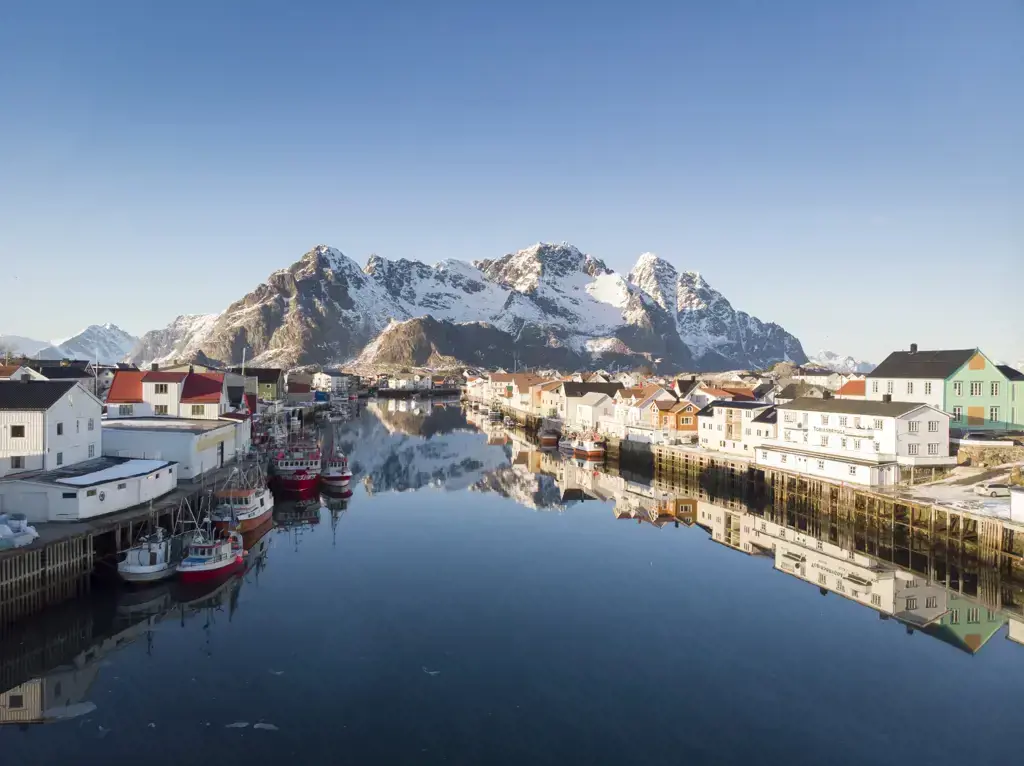
When preparing for a winter trip to Norway, there are several important documents and paperwork that you should remember to pack to ensure a smooth and hassle-free travel experience. These documents are essential for various purposes, such as identification, visa requirements, and emergency situations. Here are the key documents you should have before embarking on your winter adventure in Norway:
- Passport: A valid passport is a must-have for international travel. Make sure your passport is not expired and has at least six months of validity remaining. It is also a good idea to make copies of your passport and save them separately in case of loss or theft.
- Visa: Depending on your nationality, you may need a visa to enter Norway. Check the visa requirements well in advance and apply accordingly. Some nationalities may qualify for visa-free entry or visa-on-arrival. Ensure that you have the necessary visa paperwork and keep it accessible during your trip.
- Travel Insurance: It is highly recommended to have travel insurance that provides coverage for medical emergencies, trip cancellation/interruption, and lost baggage. Norway has excellent healthcare facilities, but medical expenses can be quite high. Having travel insurance will give you peace of mind during your winter trip.
- Driver's License: If you plan on driving in Norway, make sure to bring your valid driver's license. Note that an international driving permit (IDP) may be required alongside your license, depending on your home country. Check the specific requirements and bring the necessary paperwork to ensure a smooth car rental experience.
- Itinerary and Reservations: Having a printed copy of your travel itinerary, hotel reservations, and any pre-booked activities can be helpful, especially if you encounter any issues or need to prove your accommodation arrangements. Additionally, saving electronic copies of these documents on your phone or cloud storage can provide easy access if needed.
- Local Contact Information: It is a good idea to keep a list of relevant contact information, such as the address and phone number of your hotel or accommodations, local emergency services, and the nearest embassy or consulate of your home country. This information can be crucial in case of any unforeseen circumstances or emergencies.
- Health and Medications: If you have any specific health conditions or require medications, make sure to carry an adequate supply for the duration of your trip. It is advisable to carry a prescription or doctor's note for any prescription medications to avoid any issues with customs or security.
- Credit Cards and Cash: Norway is a highly developed country with widespread acceptance of credit cards. However, it is always a good idea to carry some cash for emergencies or situations where cards may not be accepted. Inform your bank about your travel plans to avoid any issues with blocked transactions due to suspicious activity.
Remember to keep all these documents and paperwork in a secure and easily accessible place such as a travel wallet or folder. It is also recommended to have digital copies of important documents stored securely on your electronic devices or cloud storage. By taking the time to gather these essential documents before your trip, you can ensure a stress-free and enjoyable winter adventure in Norway.
The Ultimate Guide to Packing the Perfect Snacks for Your Airplane Journey
You may want to see also
Frequently asked questions
When packing for a winter trip to Norway, it is important to layer your clothing. Start with a base layer made of thermal or moisture-wicking material, followed by a warm mid-layer such as a fleece or down jacket. Bring along waterproof and insulated outerwear, including a waterproof jacket and pants, as well as insulated gloves and boots. It is also essential to pack hats, scarves, and ear warmers to protect your extremities from the cold.
In order to prepare for the extreme cold in Norway, it is essential to pack clothing that is rated for low temperatures. Look for clothing with high insulation properties and consider investing in thermal underwear and socks. Additionally, pack hand and toe warmers, which can provide additional heat in extremely cold conditions. It is also important to hydrate properly and bring along a reusable water bottle to stay hydrated throughout your trip.
For a winter trip to Norway, it is crucial to bring accessories that will keep you warm and protected from the elements. This includes items such as a warm hat or beanie, a scarf or neck gaiter to protect your neck and face, and a pair of insulated gloves or mittens. Additionally, consider packing hand warmers, toe warmers, and a good quality pair of sunglasses to protect your eyes from the glare of the snow.
Packing the right footwear is crucial for a winter trip to Norway. Make sure to bring along a pair of insulated and waterproof boots with good traction, as you will likely encounter snowy and icy conditions. Look for boots that are rated for cold temperatures and have proper insulation to keep your feet warm. It is also a good idea to bring an extra pair of shoes or slippers to wear indoors, as it is customary in Norway to remove your outdoor shoes when entering someone's home or certain public spaces.
For outdoor activities in Norway, it is important to pack equipment that will keep you safe and comfortable. If you plan on skiing or snowboarding, pack appropriate equipment such as skis, snowboards, boots, helmets, and goggles. Additionally, consider bringing hand and toe warmers, as well as a backpack with extra layers and snacks. In some areas, it may also be necessary to bring an avalanche beacon, shovel, and probe for safety purposes.







